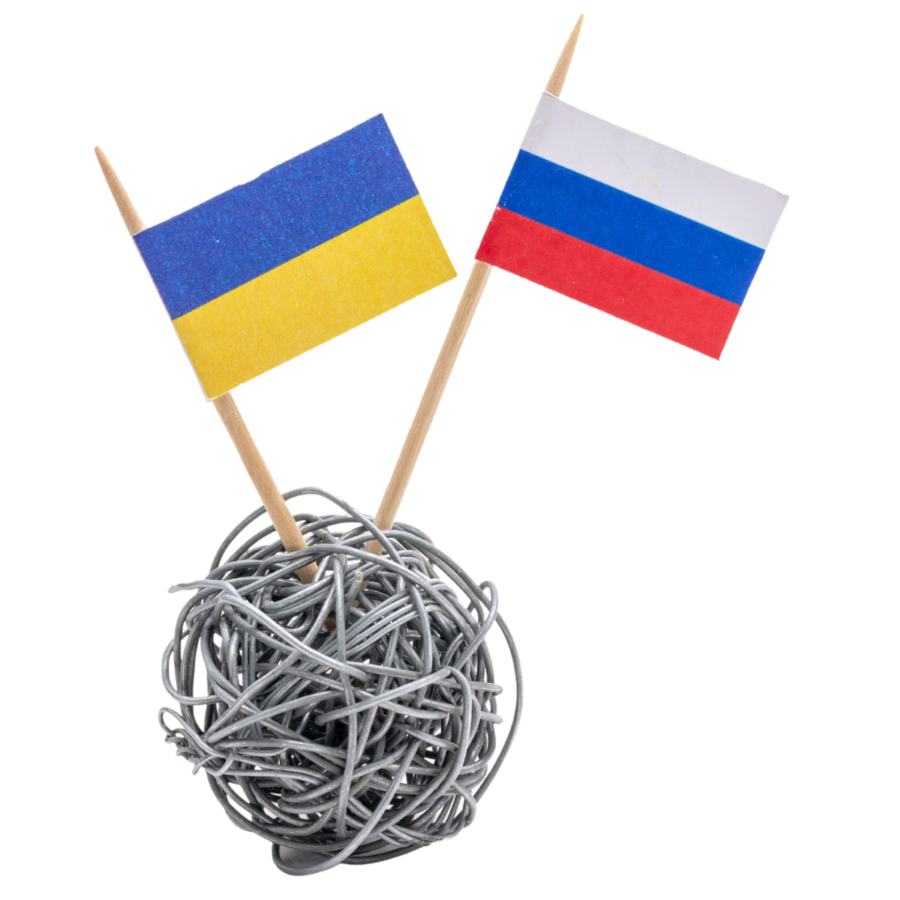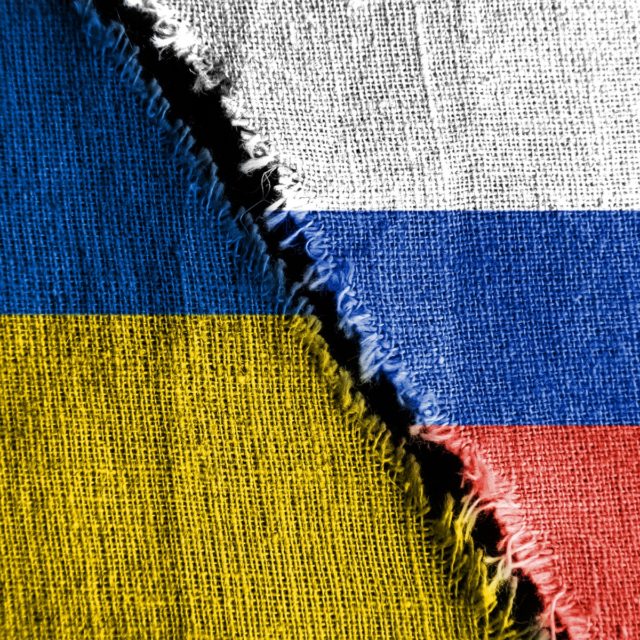Re-evaluating the Economic Costs of the Russia-Ukraine Conflict
Sign in to Access Pub. Date
Pub. Date
11 May, 2022
 Pub. Type
Pub. Type

Main points
- In this NiGEM Topical Feature, we use our Global Econometric Model (NiGEM) to update our earlier estimate of these costs based on our revised assessment of the situation in the light of the evolving conflict.
- We continue to expect higher commodity prices as a result of the disruption to food and other exports from Ukraine and the sanctions imposed on exports from Russia. Our underlying assumptions are that the war has led to a 30 per cent increase in oil prices, a 90 per cent increase in European gas prices and a 17 per cent increase in food prices. And we expect this to raise global inflation by about 2 per cent in 2022 and 1 per cent in 2023, compared to our pre-war forecast.
- Findings from a second scenario suggest that a worldwide increase in uncertainty as a result of the war could reduce full-year global growth by a further 0.2 percentage points. This might happen if rising fuel and food prices has a larger global impact, with emerging markets more affected, or in case of a further escalation of international tensions.
- The conflict continues to intensify the dilemma facing monetary policy makers since it will add to inflation but weaken growth and damage consumer and business confidence, which have already been undermined by Covid driven price increases.


